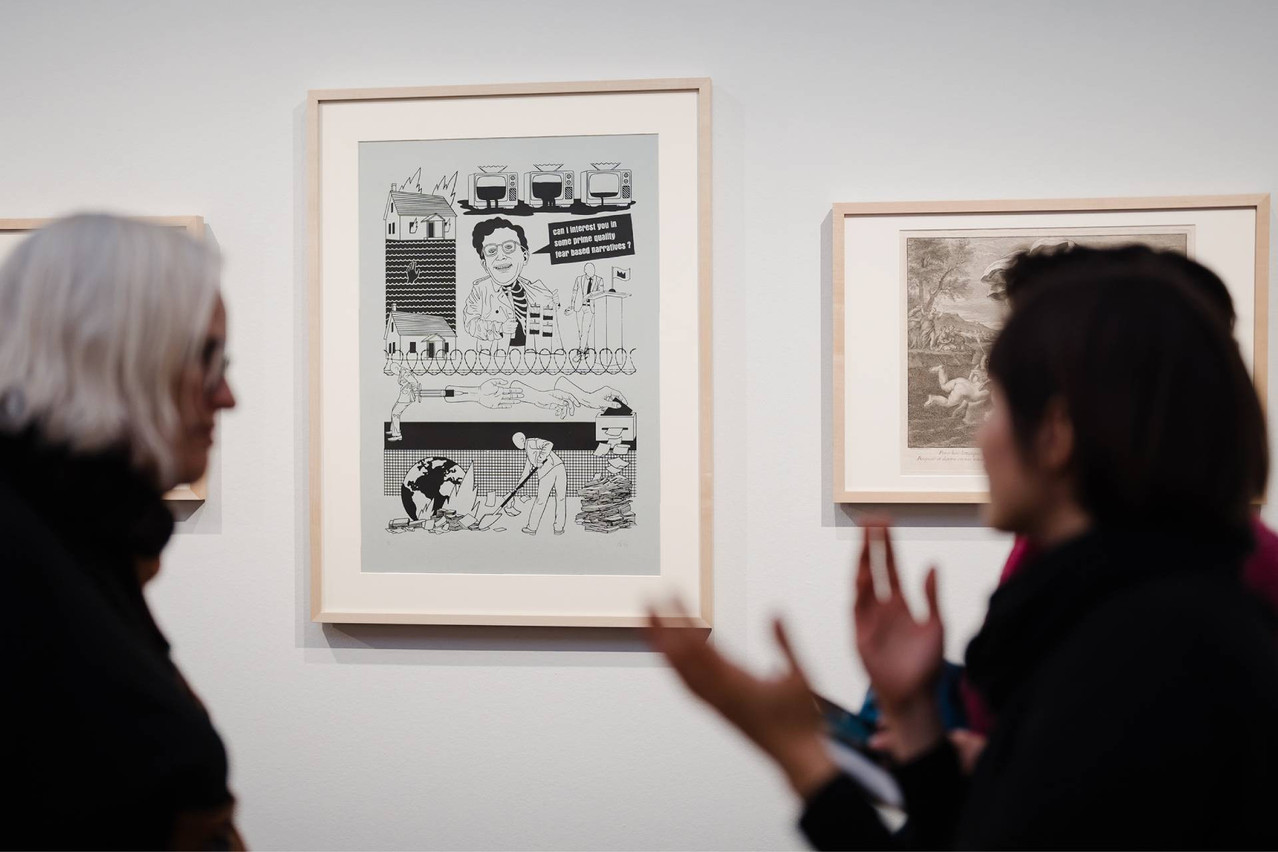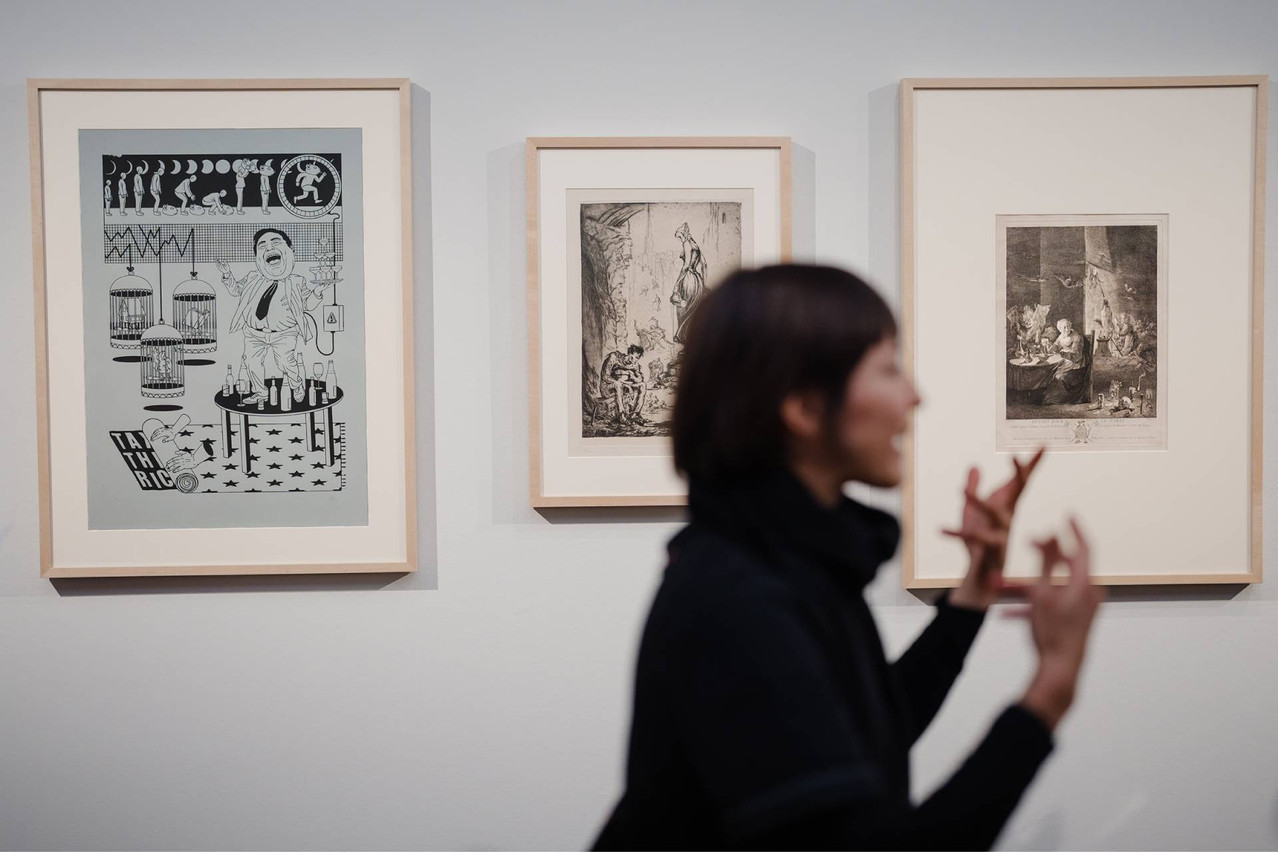The Villa Vauban, an art museum in Luxembourg City, has a collection of old art focusing mainly on Dutch painting from the Golden Age and 19th-century French history and landscape paintings. Paintings, sculptures and engravings by European artists from the 17th to the 19th centuries complete the collection. In 2020, the museum acquired a collection of prints dating from the 15th to the 20th centuries. “We were approached by the family of a private collector from the Saarland region to acquire a significant collection of 1,300 sheets,” explains Guy Thewes, director of the 2 Musées de la Ville de Luxembourg. “This collection had been forgotten for many years. Although the collector died in the 1930s, his house was not completely emptied until 2019, when the collection was discovered in the attic. The collection was disparate and some sheets needed restoring, but thanks to the Fondation du Pélican, we were able to receive money and the human resources needed to carry out proper research and restoration work.”
As a result, the public began discovering the richness of this collection in 2023, through the exhibition “Animals in Engraving,” and in 2024 with “The Earthly Paradise.”
A contemporary look
“The Villa Vauban regularly invites contemporary Luxembourg artists to work in the museum and interact with the collection. It was in this context that we invited Julie Wagener to take over part of the collection of engravings,” explains Thewes.
The artist, who was born in 1990, made a selection of works that caught her eye, and in response created five silkscreen prints that are presented alongside them.

The climate crisis, right-wing politics... Julie Wagener’s work tackles a range of sensitive subjects. Photo: Marion Dessard
“When I found myself faced with these old works, I wondered how to approach them,” explains Wagener. “After feeling a little lost by the eclecticism of the themes, I refocused on subjects that usually interest me. That’s how I came to select engravings whose subjects relate to the human condition.”
Her vision thus develops from a free and subjective interpretation of subjects linked to politics, the economy, religion and idolatry. “I’ve found resonances with our consumer society and the climate and ecological crises we're going through,” she explains. From ancient engravings, she selects images that deal with witchcraft, the Golden Calf, peasant misery and Noah’s Flood. In response, she composes lithographed images that question capitalism, the political drift towards the extreme right, the shortcomings of our consumer society and the issues surrounding neo-colonialism
The Things We Carry is on display at the Villa Vauban until 16 March.
This article was originally published in .
